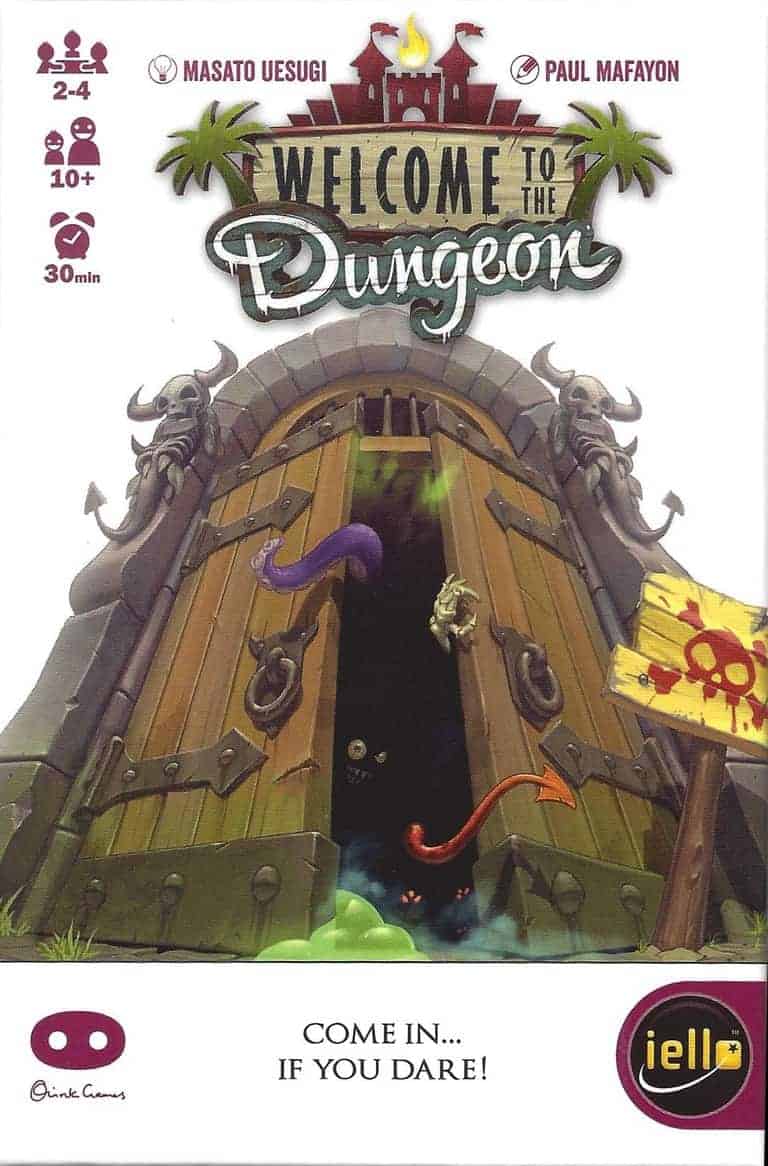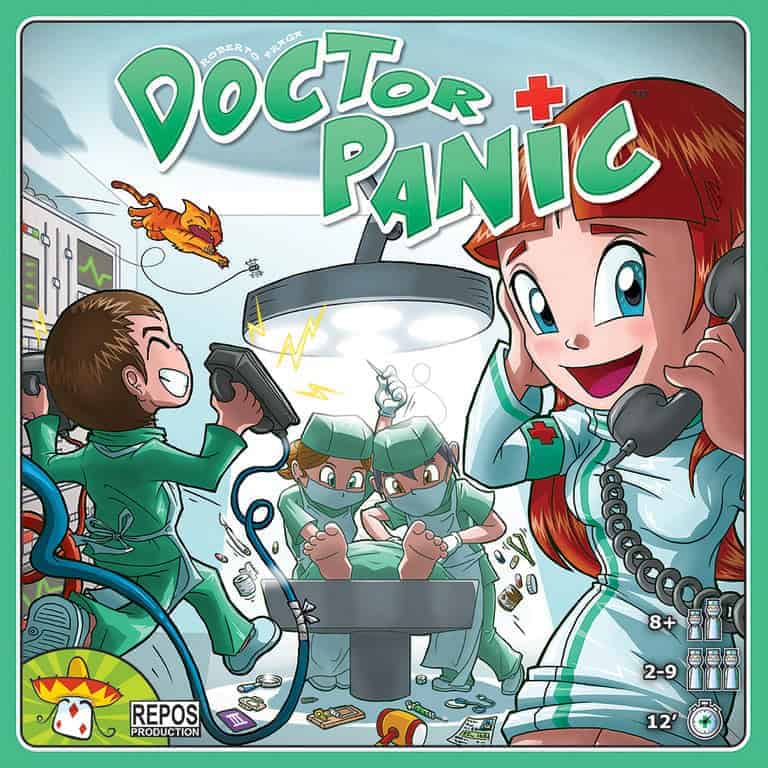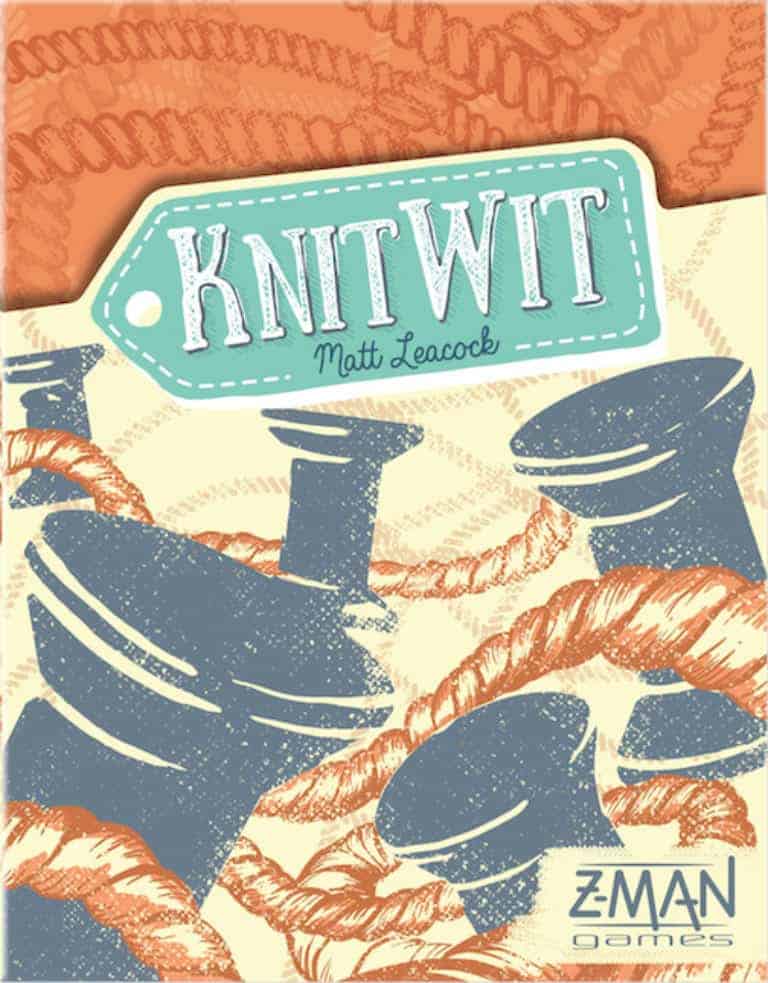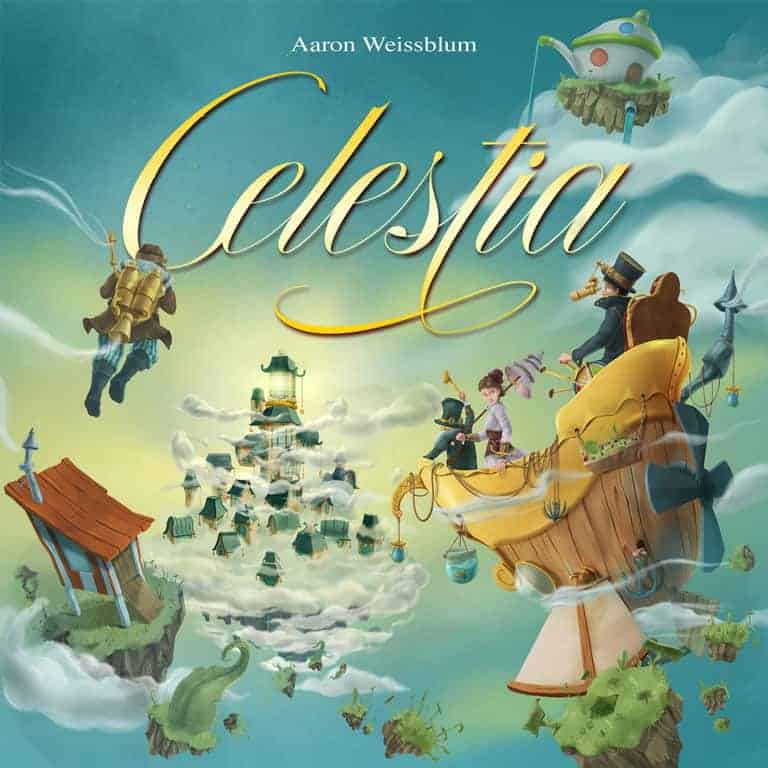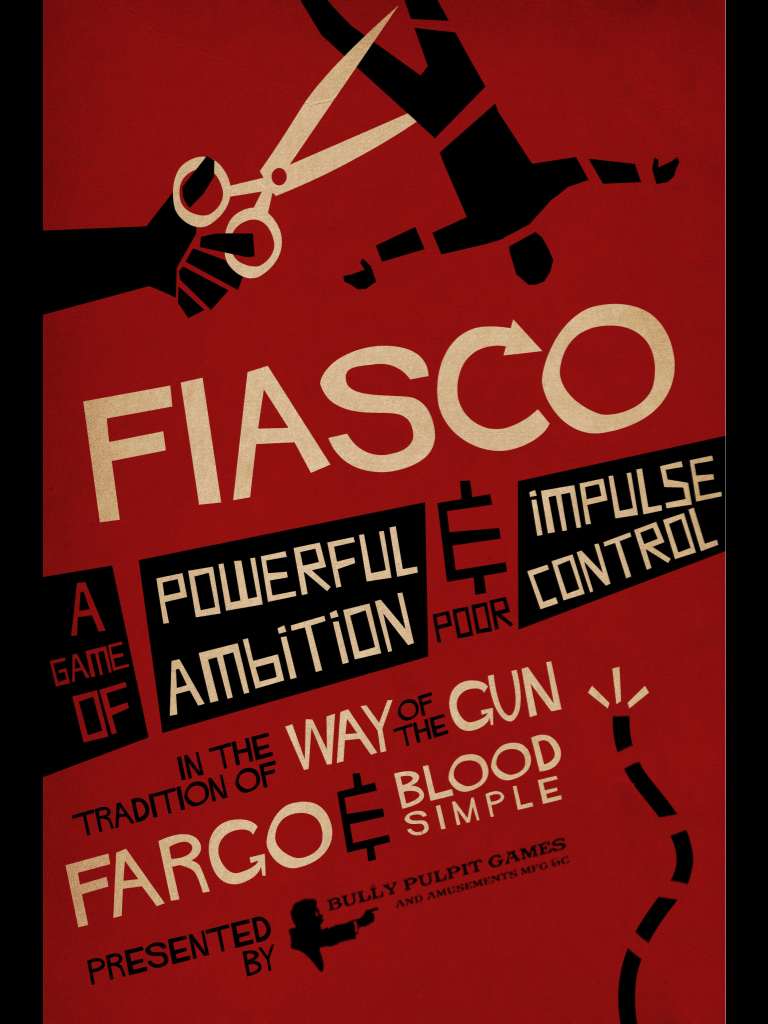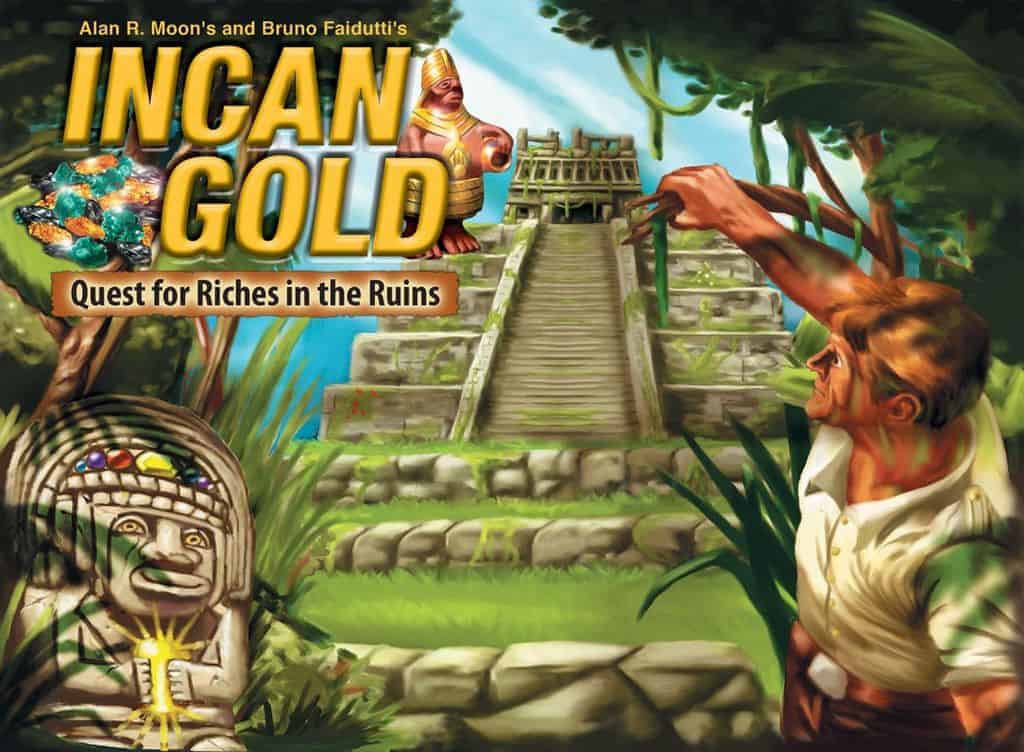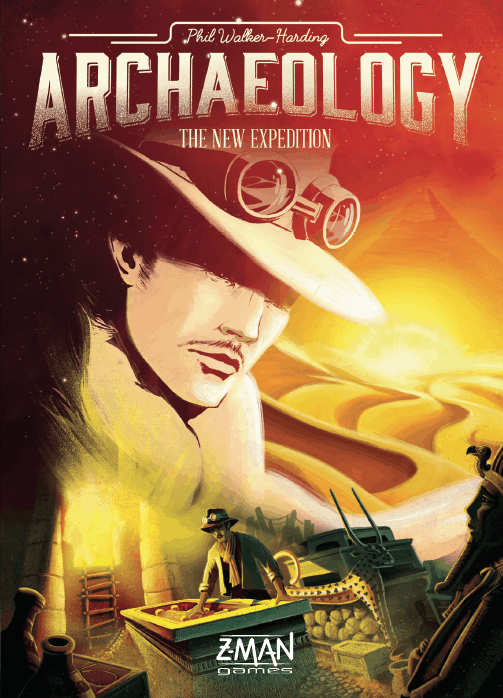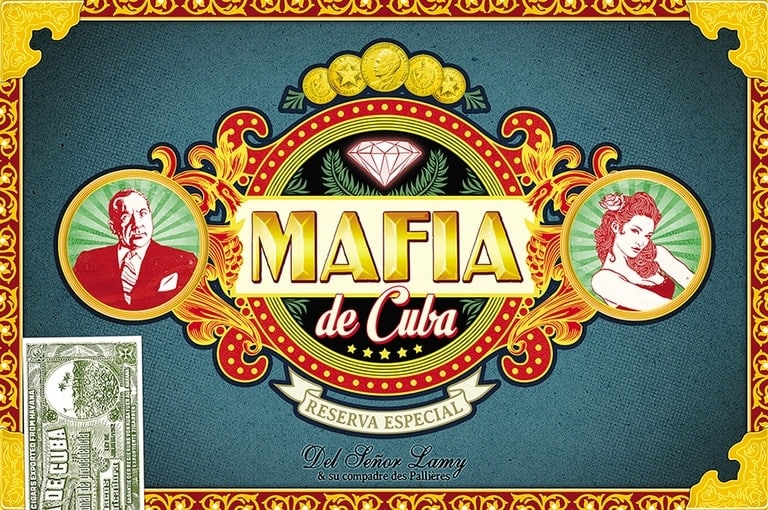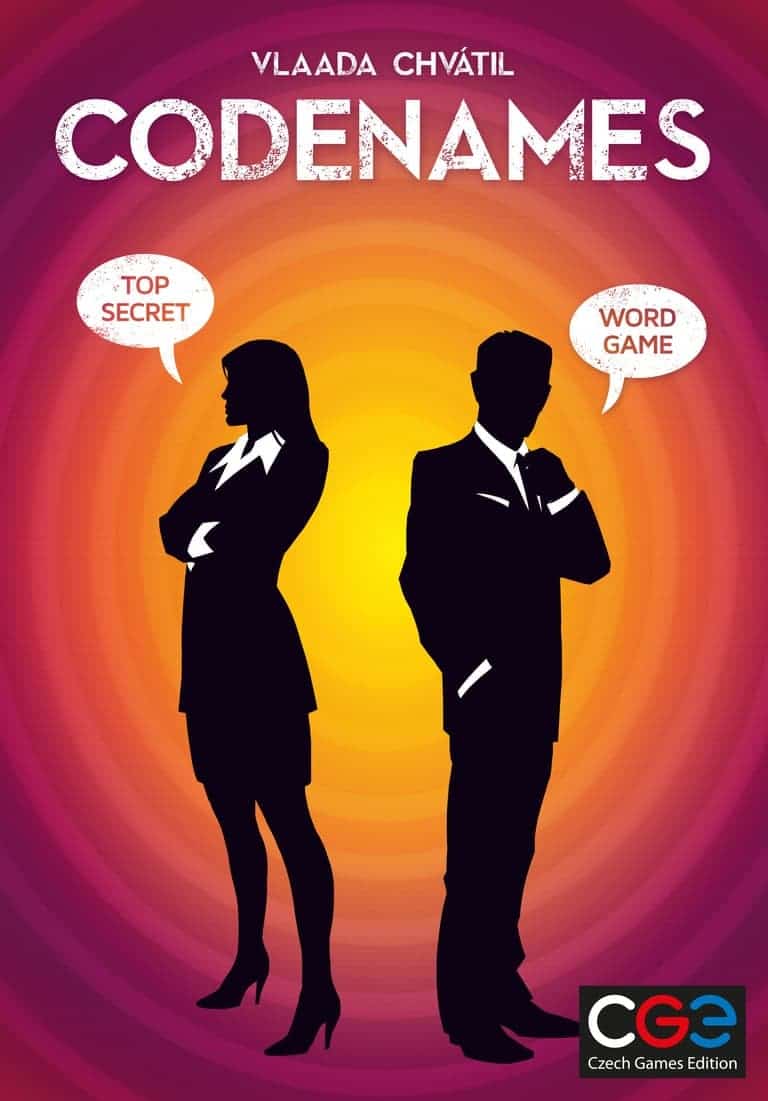You get aboard an aircraft with an adventurers team to perform many trips through the cities of Celestia and recover their wonderful treasures. Your journey will not be safe, but you will attempt to be the most rich adventurer by collecting the most precious treasures!
At the beginning of a journey, all players place their pawns within the aircraft; the players start the game with 6 cards in the hand (or 8 depending on the number of players). At the beginning of each round, one player is chosen to be the captain of the trip and he throws from 2 to 4 dice so as to determine the weather that he should face (fog, lightning bolts, killer birds or pirates). He must then play the appropriate cards to go on the journey and reach the next city (a compass, a lightning arrester, a foghorn or even canons).
Before that the captain plays the appropriate cards, each player has to decide whether or not he will stay within the aircraft:
– to get off is to ensure the victory points by exploring the city;
– to stay is to try a trip upto the next city in order to catch more precious treasures.
But beware: if the captain is unable to discard the appropriate cards, it is the crash down! All remaining passengers get back empty-handed and a whole new journey beginswith all players on board.
During his journeys, each explorer can try to pull out of the game with fabulous objects ( a jetpack, astronomy glasses… ) or by changing the trip ( modifying the travel or abandoning an explorer in the city ).
As soon as a player earns treasures valuable for at least 50 points, the game is over.
Read More
